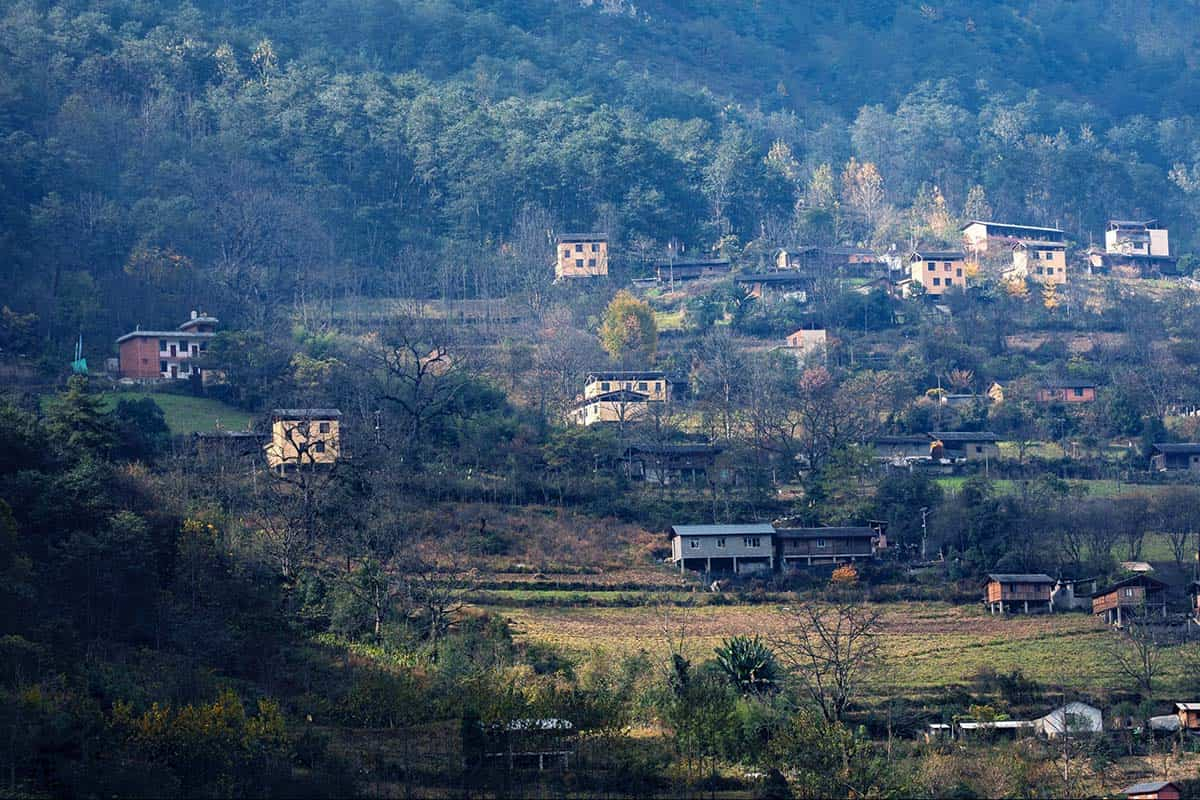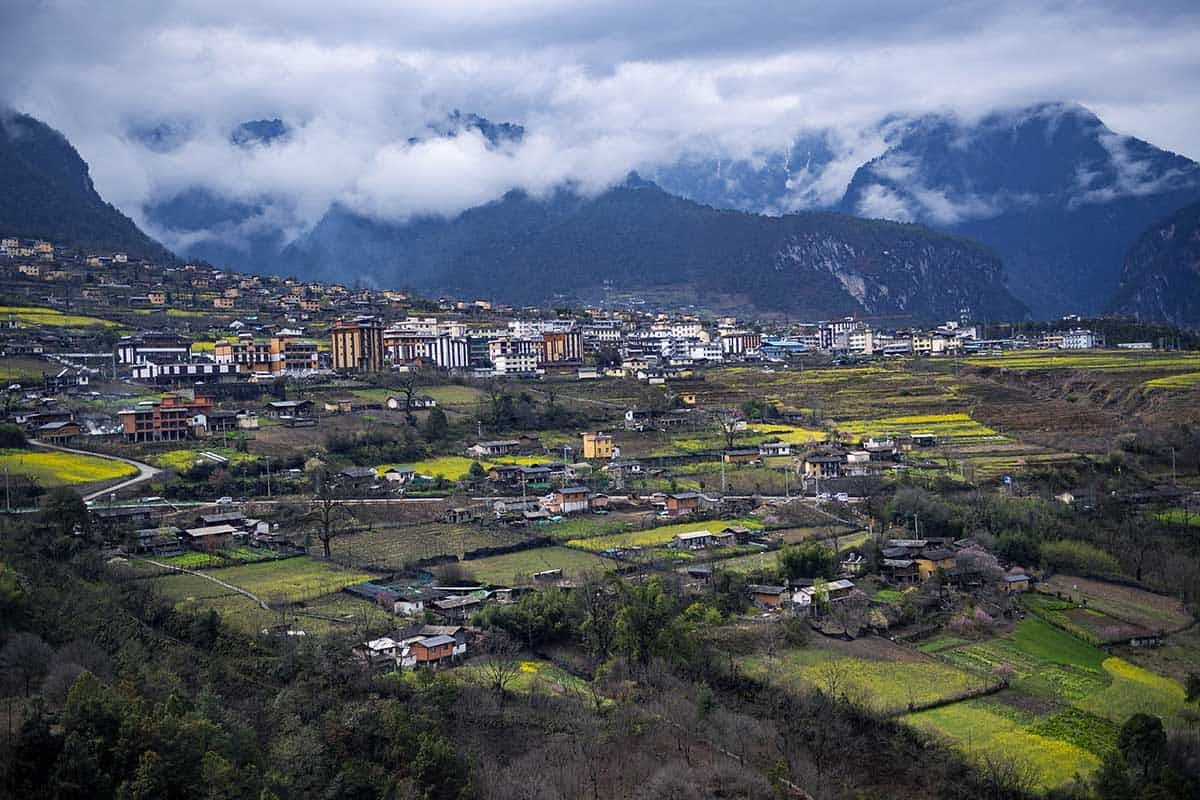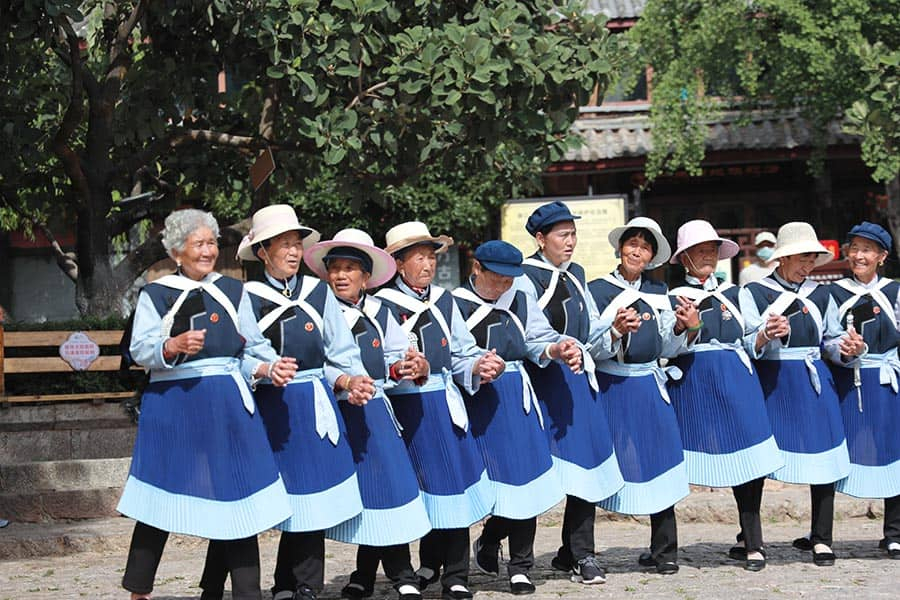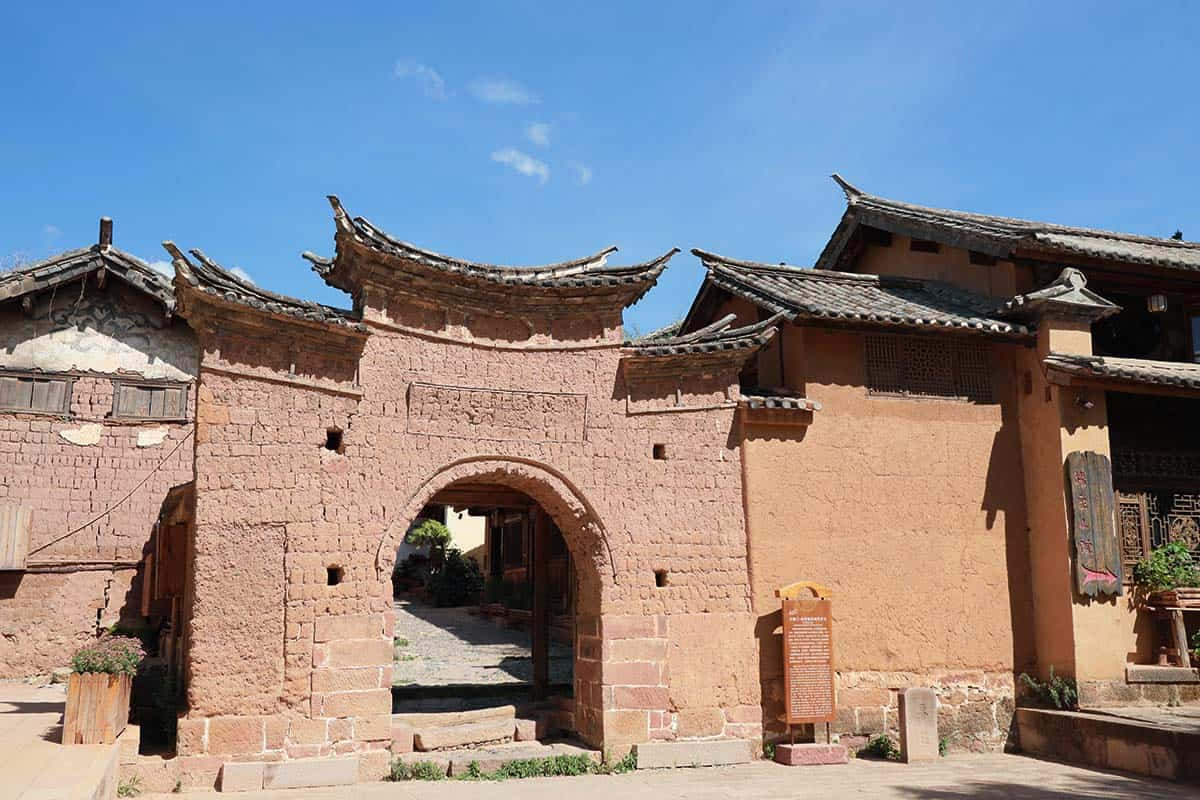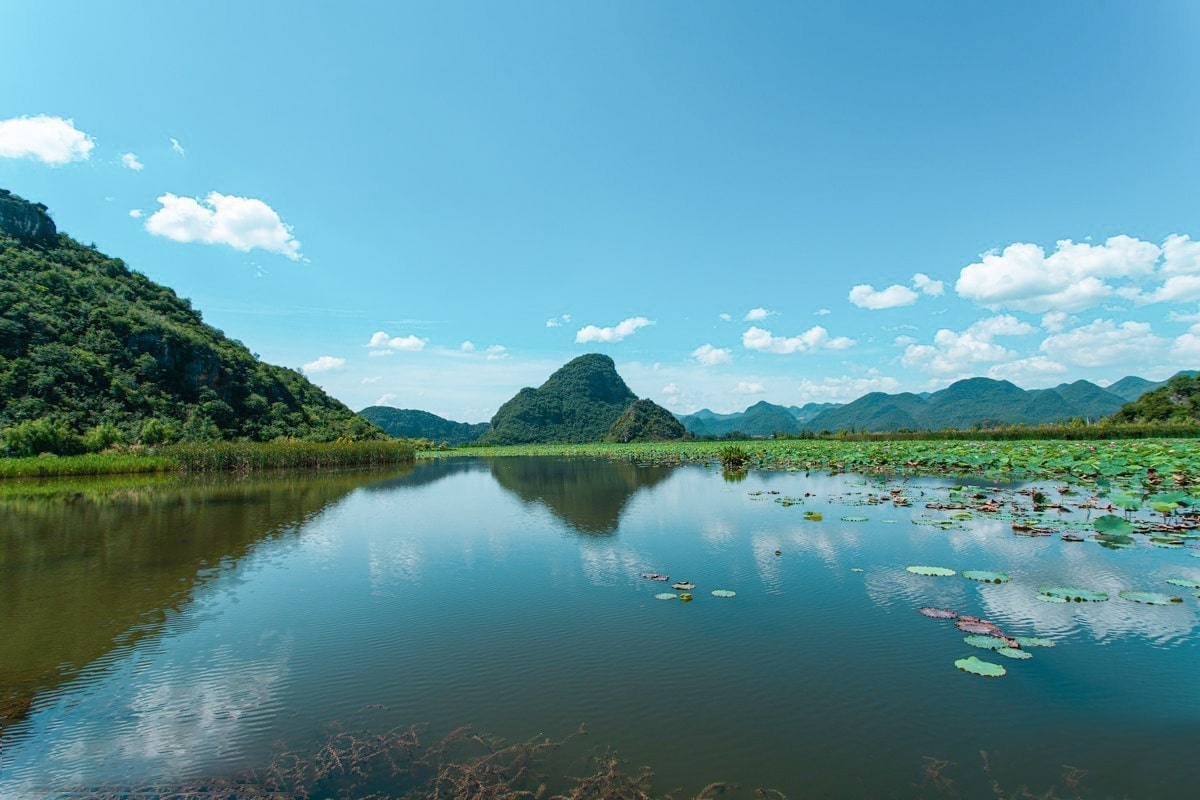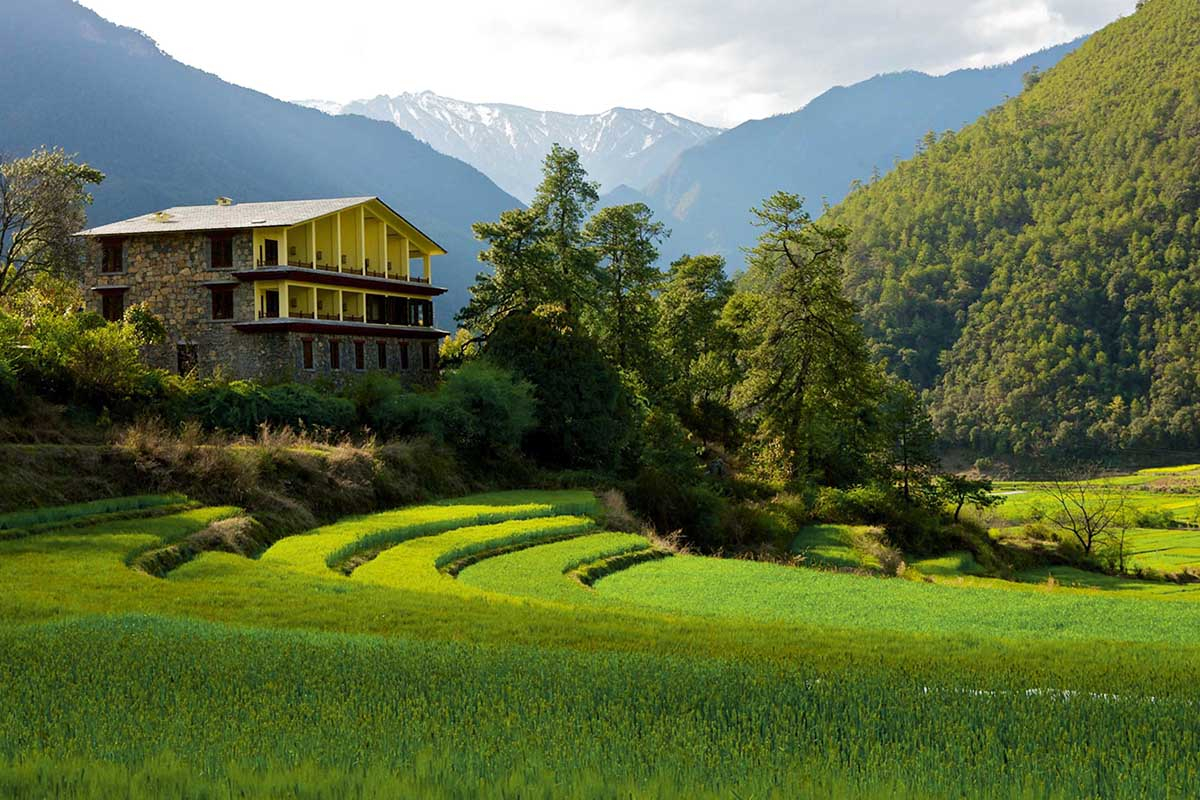Three Parallel Rivers National Park in Yunnan
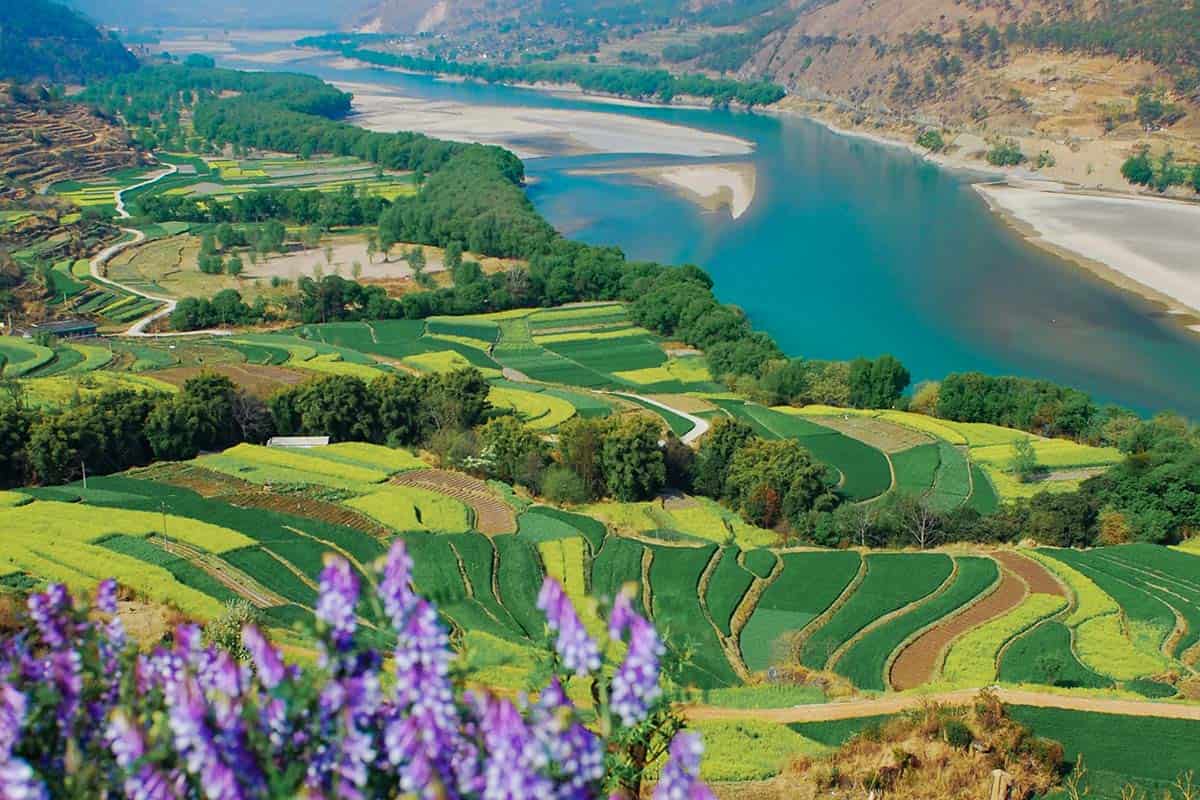
The Three Parallel Rivers originate in the Tibetan Plateau flowing from north to south for 170 kms to Yunnan Province crossing several mountains along the way.
It consists of eight geographical clusters of protected areas within the boundaries of the upper reaches of three great rivers: Jinsha River, Nujiang River and Lancang River.These three rivers run roughly parallel, north to south, through steep gorges which are up to 3,000 meters deep and are bordered by glacial peaks more than 6,000 meters high. In terms of biodiversity, the site is an epicenter of Chinese biodiversity. It is also one of the richest temperate regions of the world.
In 2003, Three parallel rivers of Yunnan protected areas was inscribed on the list of World Heritage by UNESCO.
Originating in the Tanggula Mountain on the Qinghai-Tibet Plateau, the Jinsha River, Lancang River and Nu River flow parallel along the Hengduan Mountains for several hundred kilometers. It is a very rare phenomenon that the shortest distance between the Lancang River and Jinsha River is only 66 km and between the Lancang River and Nu River the distance is less than 19 km. Interestingly, their entrances to different seas are thousands of kilometers away.
The Three Parallel Rivers of Yunnan Protected Areas represent a landscape of river gorges and high mountains. They flow through the Dandanglika Mountain, the Gaoligong Mountain, the Nushan Mountain and the Yunling Mountain.
The property contains an outstanding diversity of landscapes, such as deep-incised river gorges, luxuriant forests, towering snow-clad mountains, glaciers, and alpine karst, reddish sandstone landforms (danxia), lakes and meadows over vast vistas.
High mountains are everywhere, with the glaciated peaks of the Meili, Baima and Haba Snow Mountains providing a spectacular scenic skyline. Other outstanding scenic landforms can be found here including the alpine karst (especially the "stone moon" in the Moon Mountain Scenic Area above the Nujiang Gorge) and the "tortoise shell" weathering of the alpine danxia.
This area accounts for less than 0.4% of China’s land area, but it has more than 25% of the country’s plant species. It is also home to 77 species of rare and endangered animals such as golden monkeys, antelopes, snow leopards, Bengal tigers, and black-necked cranes.
The protected areas include:
- Gaoligong Mountain Nature Reserve
- Baimang Snow Mountain Nature Reserve
- Haba Snow Mountain Reserve
- Bita Lake Nature Reserve
- Yunling Nature Reserve
- Gongshan Area
- Yueliangshan Area
- Pianma Area
- Meili Snow Mountain Area
- Julong Lake Area
- Laowoshan Area
- Hongshan Area
- Qianhu Mountain Scenic Area
- Laojun Mountain Scenic Area
- HOTEST
- RECOMMEND


